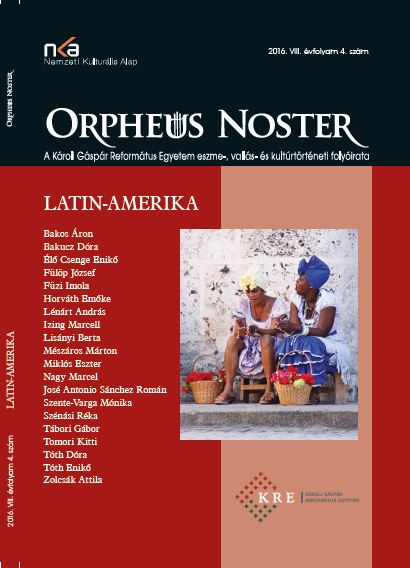A guatemalai forradalom (1944-1954) mint a periféria forradalma
The Guatemalan Revolution (1944-1954) as the Revolution of Peripheries
Author(s): Attila ZolcsákSubject(s): History, Recent History (1900 till today), WW II and following years (1940 - 1949), Post-War period (1950 - 1989)
Published by: Károli Gáspár Református Egyetem
Keywords: Guatemalan Revolution (1944–1954); world system theory; United State; presidency of Arévalo; presidency of Arbenz (1951–1954)
Summary/Abstract: This article attempts to explicate the 10 years of the Guatemalan Revolution (1944–1954) from the viewpoint of the world system theory, from the fall of Ubico’s dictatorship until the military coup. It lays emphasis upon Guatemala’s structural economic dependency on the United States, the effects of this on the internal social structure of the country and on the political and social struggle during this period. The article is divided into six parts: the first one shows the historical antecedents; the second one the dictatorship, its fall, and the Revolutionary Junta (1930–1945); the third one the presidency of Arévalo (1945–1951); the fourth one the presidency of Arbenz (1951–1954); the fifth one the military coup (1954). While each part contains a short resume, the sixth and last section gives a general review and interpretation of the whole revolutionary process, about its causes, its progress and its consequences.
Journal: Orpheus Noster. A KRE Eszme-, Kultúr-, és Vallástörténeti Folyóirata
- Issue Year: VIII/2016
- Issue No: 4
- Page Range: 70-83
- Page Count: 14
- Language: Hungarian

